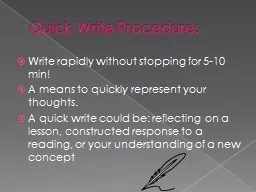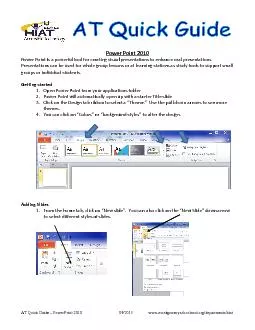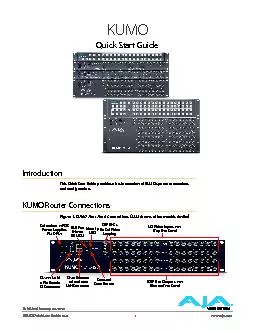PPT-DWImager SOFTWARE Quick
Author : ivy | Published Date : 2024-02-09
tutorial By Poliana Toledo 2021 PhD candidate cotutelle Campinas and Granada Universities Opening EPMA Xray maps Create an archive folder anywhere you want in
Presentation Embed Code
Download Presentation
Download Presentation The PPT/PDF document "DWImager SOFTWARE Quick" is the property of its rightful owner. Permission is granted to download and print the materials on this website for personal, non-commercial use only, and to display it on your personal computer provided you do not modify the materials and that you retain all copyright notices contained in the materials. By downloading content from our website, you accept the terms of this agreement.
DWImager SOFTWARE Quick: Transcript
Download Rules Of Document
"DWImager SOFTWARE Quick"The content belongs to its owner. You may download and print it for personal use, without modification, and keep all copyright notices. By downloading, you agree to these terms.
Related Documents














